Mushrooms are spurting, it’s time to pick them!
As nature lovers, we love to come across these wonderful life forms, but in conversation with fellow hikers I figured that we don’t know too much about them. Here are some less known, interesting facts:
- All mushrooms are fungi, and all fungi are not mushrooms. A mushroom is a fleshy, fruity body of a fungus, or just one form of the fungus (in the reproductive phase). Fungi are heterotrophic organisms without chlorophyll (they take ready-to-eat foods from nature) and consist of a mycelium built from hypha (hypha is a long, branching filamentous structure of a fungus). Common to all fungi and plants are plant hormones, and common to fungi and animals are the chitin cell wall, pigment melanin and enzymes present in mitochondria (cellular organelles for cellular respiration and metabolic processes). In fact, fungi and animals, together, belong to one super-empire of the Opisthokont.
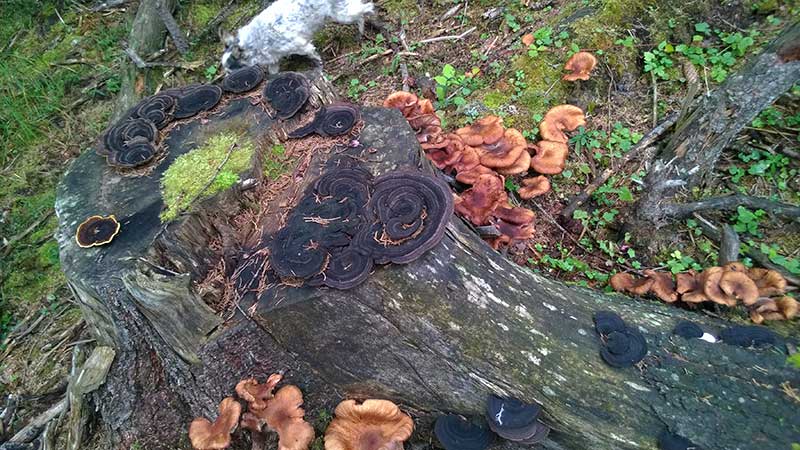
- Fungi recycle plants after their death and turn them into fertile land. If it were not for fungi, the planet would have been covered with tens of meters of plant (and animal) remains and life on earth would not be possible.
- The oldest fungus in the world was found in amber and is about 90 million years old – it is a kind of Cordyceps fungus.
- Fabulous fabrics colours can be made from various fungi.
- The spores and the cell wall of fungi consist of chitin – the strongest natural material on Earth. Some scientists believe that fungus spores are capable of traveling through space; others even believe that fungi had come to Earth from the cosmos! (And some believe that people who claim this are themselves from another planet! 😉)
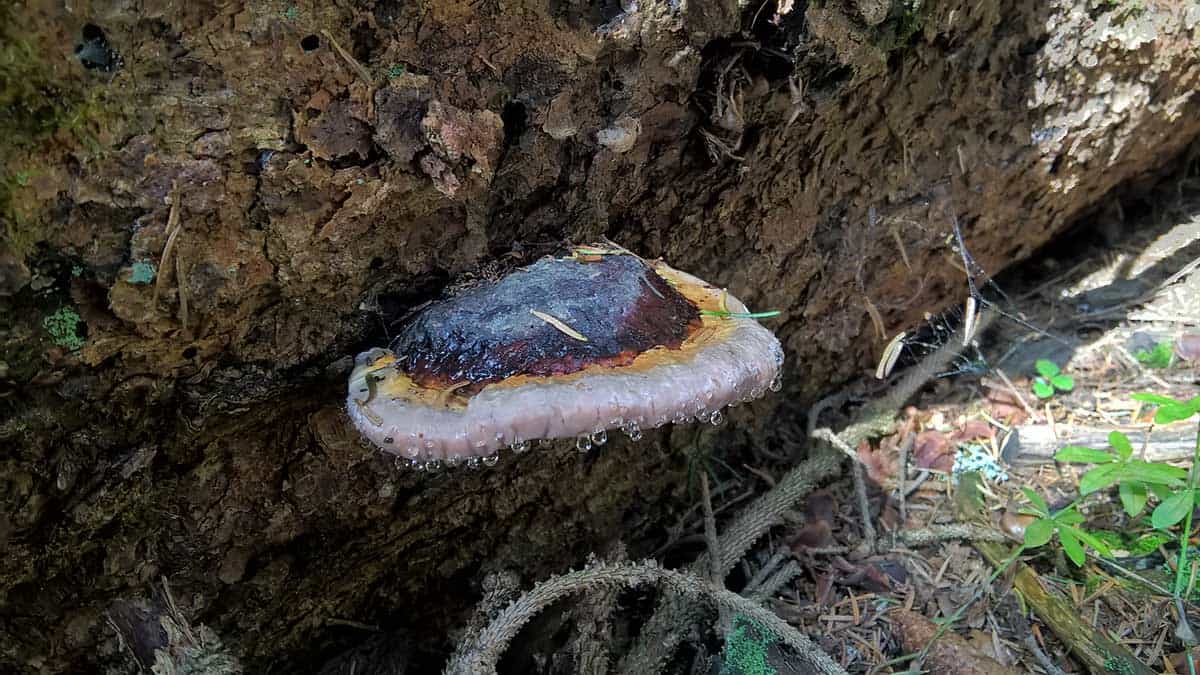
- Under the right conditions, spores of some fungi can be asleep for centuries, and still be fertile after all that time.
- Fungi are very useful, and not just as food and medicine. Some fungi are used for bioremediation, to absorb and process hazardous and toxic substances such as oils, pesticides and industrial waste, in places where such substances pose a major environmental risk. Fungi as a source of food can also be used by various other types of microorganisms – some bacteria, for example Echerichia coli.
- Many fungi grow toward the sunlight, following the sun just like plants. Still, scientists have not yet discovered how exactly fungi use the sunlight.
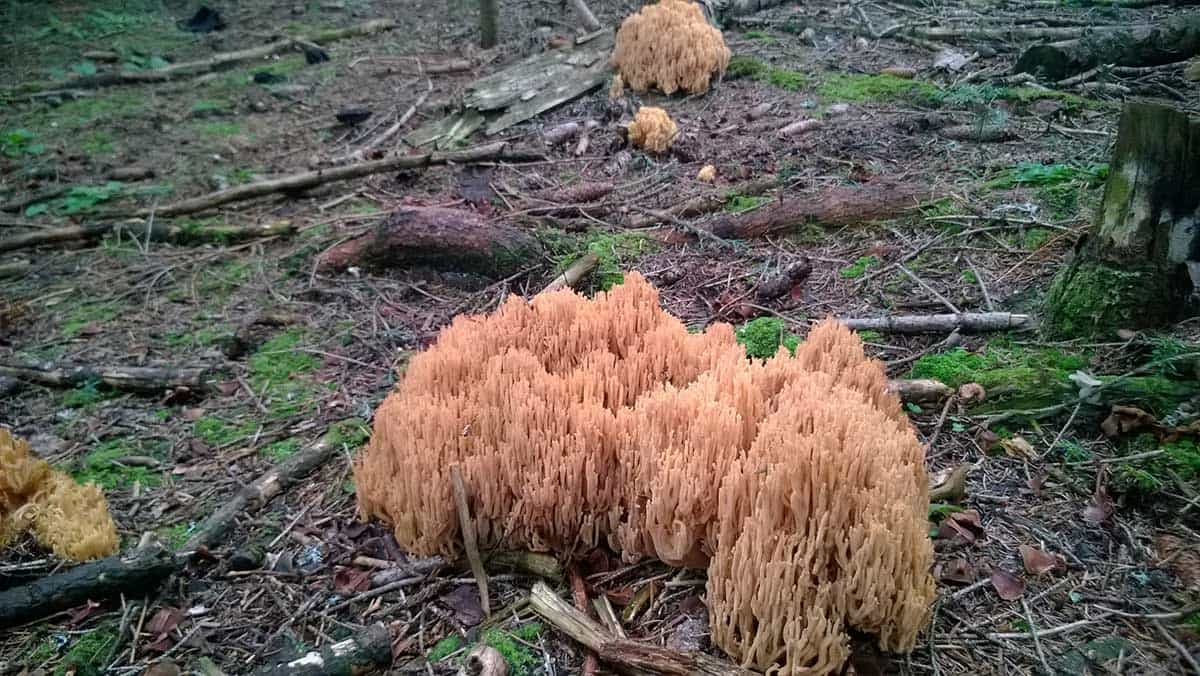
- The Mycena family of fungi contains more than 70 species that glow in the dark. They produce light by a chemical reaction called bioluminescence. In the past, people were illuminating the path through the forest using logs covered with these tiny light fungi.
- Long before the trees inhabited Earth’s soil, the Earth was covered with giant fungi. Proof of this is the Prototaxites organism (8m high and 1m wide), which has been a real enigma for scientists for 150 years, ever since it was discovered in 1859 by a Canadian in Saudi Arabia.
- Psathyrella aquatica is a fungus that lives completely underwater.
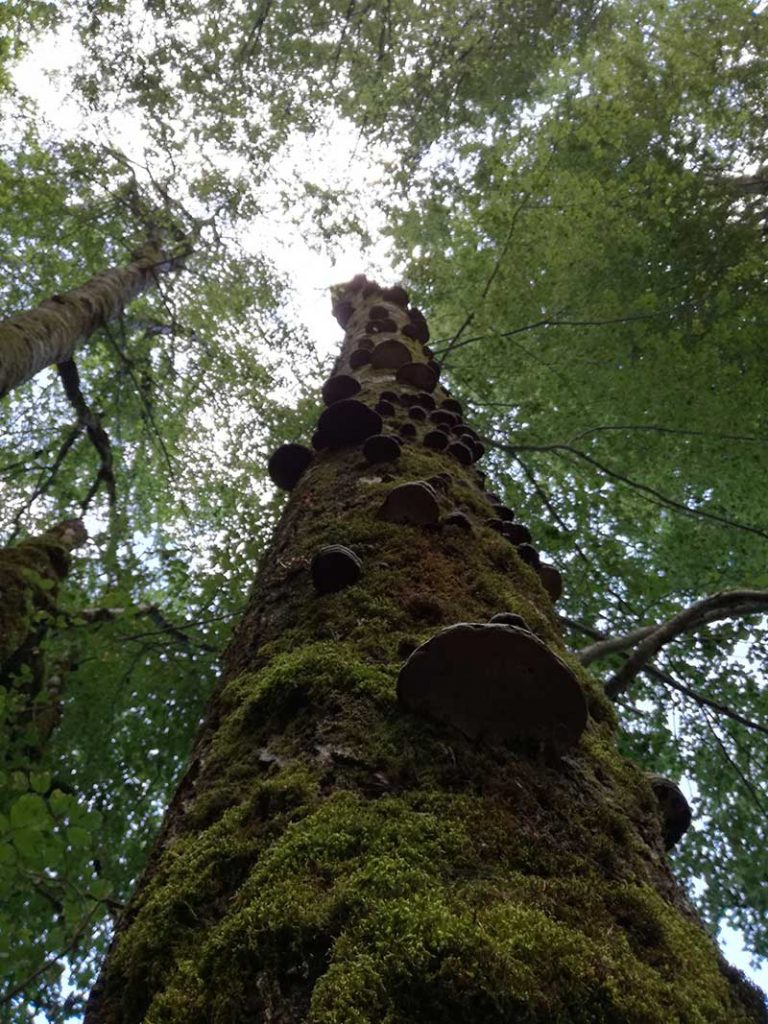
- In Oregon, North America, there is a giant honey fungus (Armillaria ostoyae), which is 2,400 years old. Its mycelium covers an area of about 890 hectares, slowly killing trees in that forest. It is the largest living organism on Earth.
- Gili Trawangan is a small island in Bali. There, publicly and legally, they sell and consume psychedelic mushrooms. They put them in milkshakes or eat them like potato chips.
- Fairy circle is a natural phenomenon where mushrooms group to form a circular shape.
- Fungi are more like animals than plants.
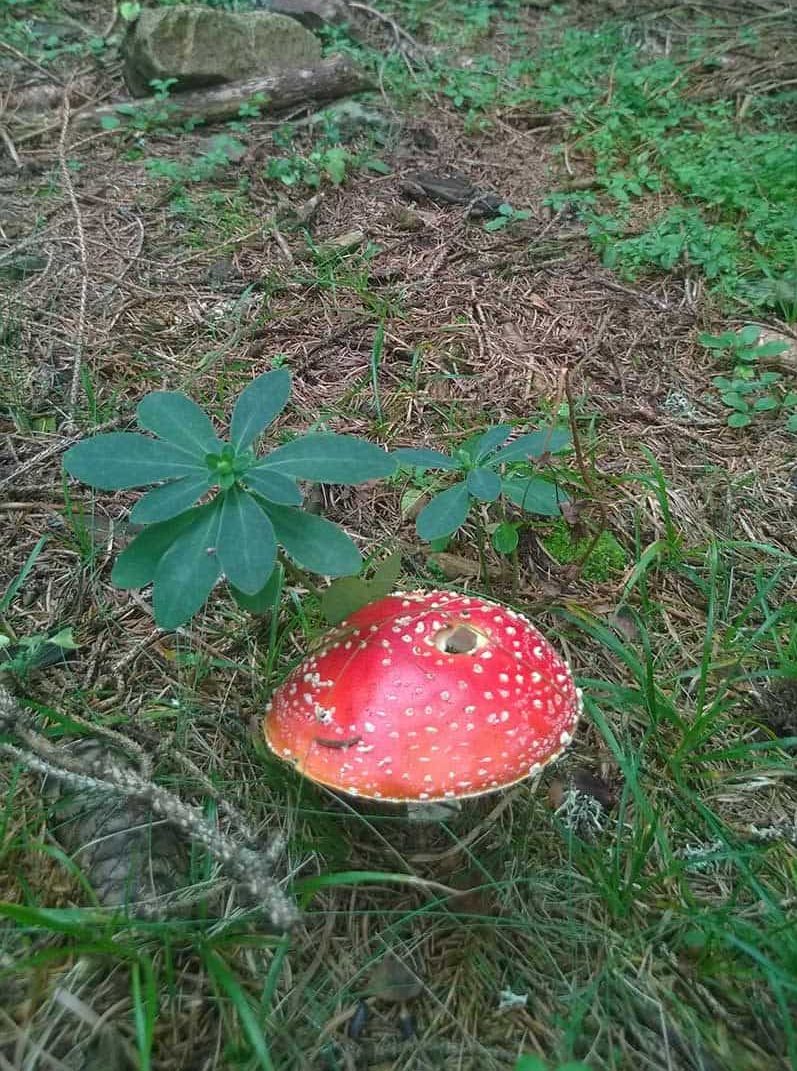
- There is a brain shaped fungus that is very toxic. In Switzerland and Germany its sale is banned, while some consider it a delicacy. It is the Gyromitra esculenta (elephant ears).
- The most poisonous fungus in the world – Amanita phalloides – commonly known as the “death cap”, has a beautiful and harmless appearance of edible mushrooms. It is also very tasty (not recommended to try it out), and symptoms of poisoning occur very late, only once it has destroyed the liver and kidneys. Just one small cap of this mushroom is enough to kill an adult man. Be very careful and if you want to pick mushrooms in nature for food, first learn everything about poisonous fungi!!!
- The first documented study of the effects of “magical” mushrooms occurred in 1799, as one London family ate these mushrooms for dinner by mistake.
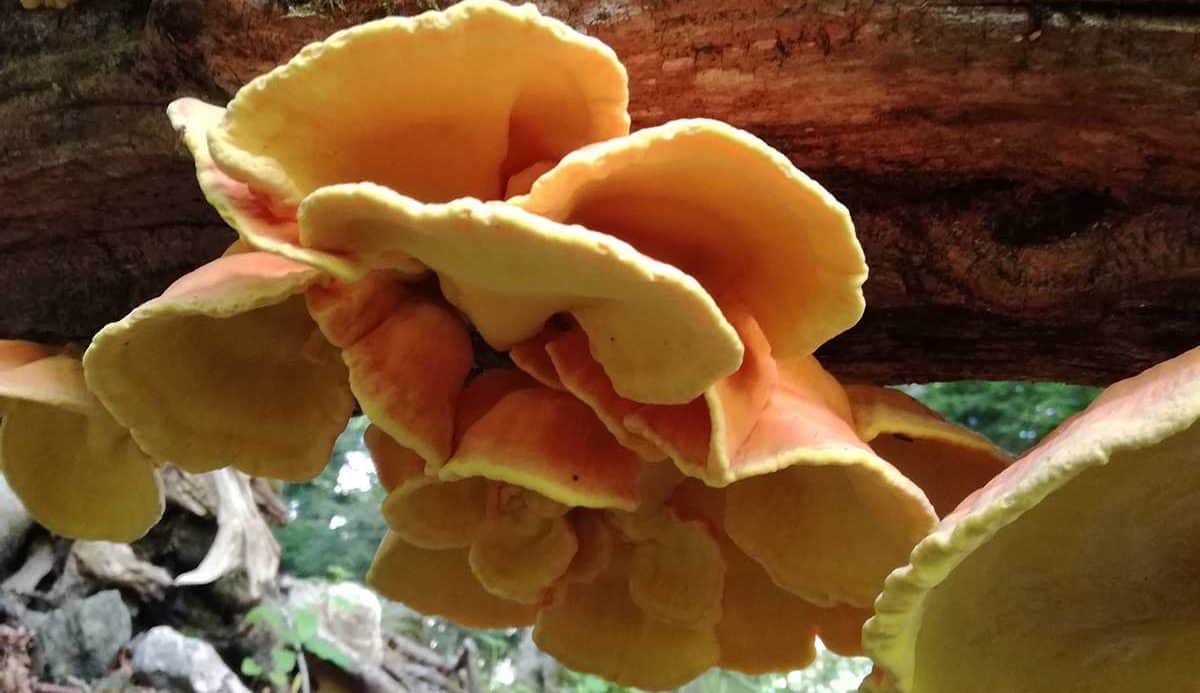
- In nature, there is a mushroom growing on trees with a taste almost identical to chicken, called Laetiporus sulphureus – chicken-of-the-woods.
- Fungi can produce vitamin D when exposed to sunlight, just like human skin. In fact, by displaying freshly harvested mushroom shiitake (bottom up) to 8 hours of sunlight, the concentration of vitamin D in them can increase by as much as 4,600 times.
- Fungi create antibiotics and use them to defend themselves and destroy other microorganisms, competitors in the food chain. The antibiotic penicillin is derived from a fungus (mould) Penicillium.
Izvor:
Selena Jovanović

Leave a Reply